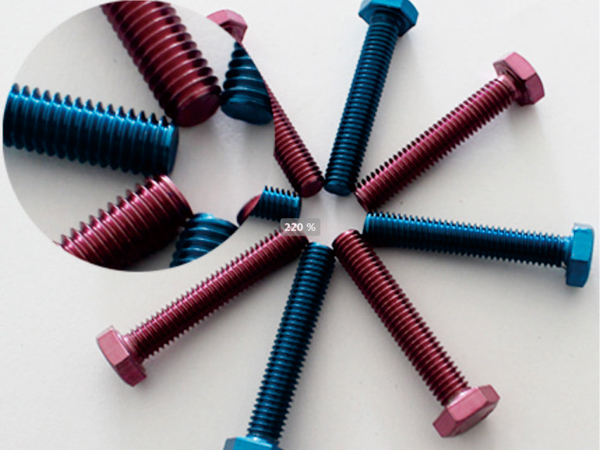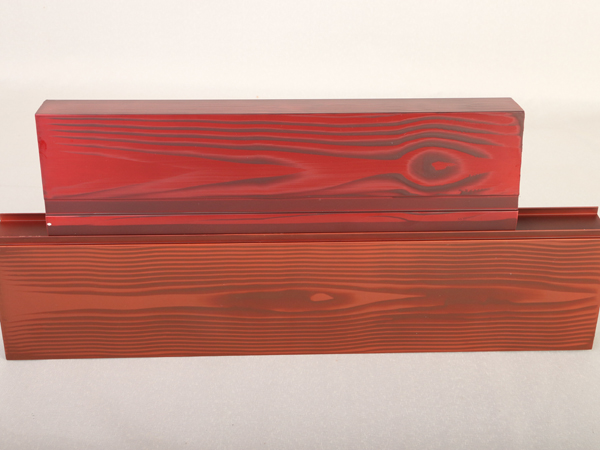Theory of Viscous Film of Phosphate-Based Aluminum Chemical Polishing Liquid in Electrophoresis
Hello everyone, welcome to Zhibang Technology Principles Classroom, this is a new principle explanation tip created by our company. The purpose is to help everyone understand the electrophoresis process fundamentally, so that some processes can be improved independently.
The principle that Zhibang Technology brings to you today is the viscous film theory of aluminum chemical polishing liquid with phosphoric acid as the base liquid. Aluminum alloys have been widely used in recent years due to their low density, high strength, and good corrosion resistance. In order to improve the aesthetics of aluminum alloys, various processing techniques have emerged, and chemical or electrochemical polishing can make aluminum alloys obtain stainless steel luster, which greatly improves the decorative properties of aluminum alloys.
Since aluminum is an amphoteric metal, there are two types of chemical polishing solutions for aluminum, one is alkaline polishing solution and the other is acid polishing solution. Rarely used, acid polishing is dominated by phosphoric acid systems. Polishing is to process the uneven surface and micro-level the variable surface to reduce the diffuse reflection of light, so as to achieve a mirror-like effect.
How does the polishing solution micro-level the material? This involves the sticky film theory, one of the two theories of chemical polishing of aluminum alloys. The surface of ordinary aluminum material is uneven. When the material is immersed in the polishing solution, the diffusion layer in the concave part is thinner than that in the convex part, and due to the high viscosity of phosphoric acid, as the concentration of aluminum ions increases, the viscosity of the diffusion layer increases. When the dissolved aluminum ions diffuse into the solution body, the protruding part is easy to diffuse, the viscous film is thin, and the aluminum ion concentration decreases, while the concave mucus film is thicker, which is not easy to diffuse, and the aluminum ion concentration increases. According to the kinetic formula of electrochemical reaction, the reaction is faster where the concentration is low, so that the convex part dissolves more quickly than the concave part. Finally, the convex part is completely dissolved, forming a plane with the concave part, so as to achieve leveling and polishing.
After reading it, you may be concerned about what this principle does? Here I can tell you that according to this theory, increasing the viscosity of the aluminum chemical polishing solution can improve the polishing quality.
If you have any questions about this principle, or some questions about the principle of electrophoresis, please call our company and we will try our best to answer your questions.





 WeChat
WeChat